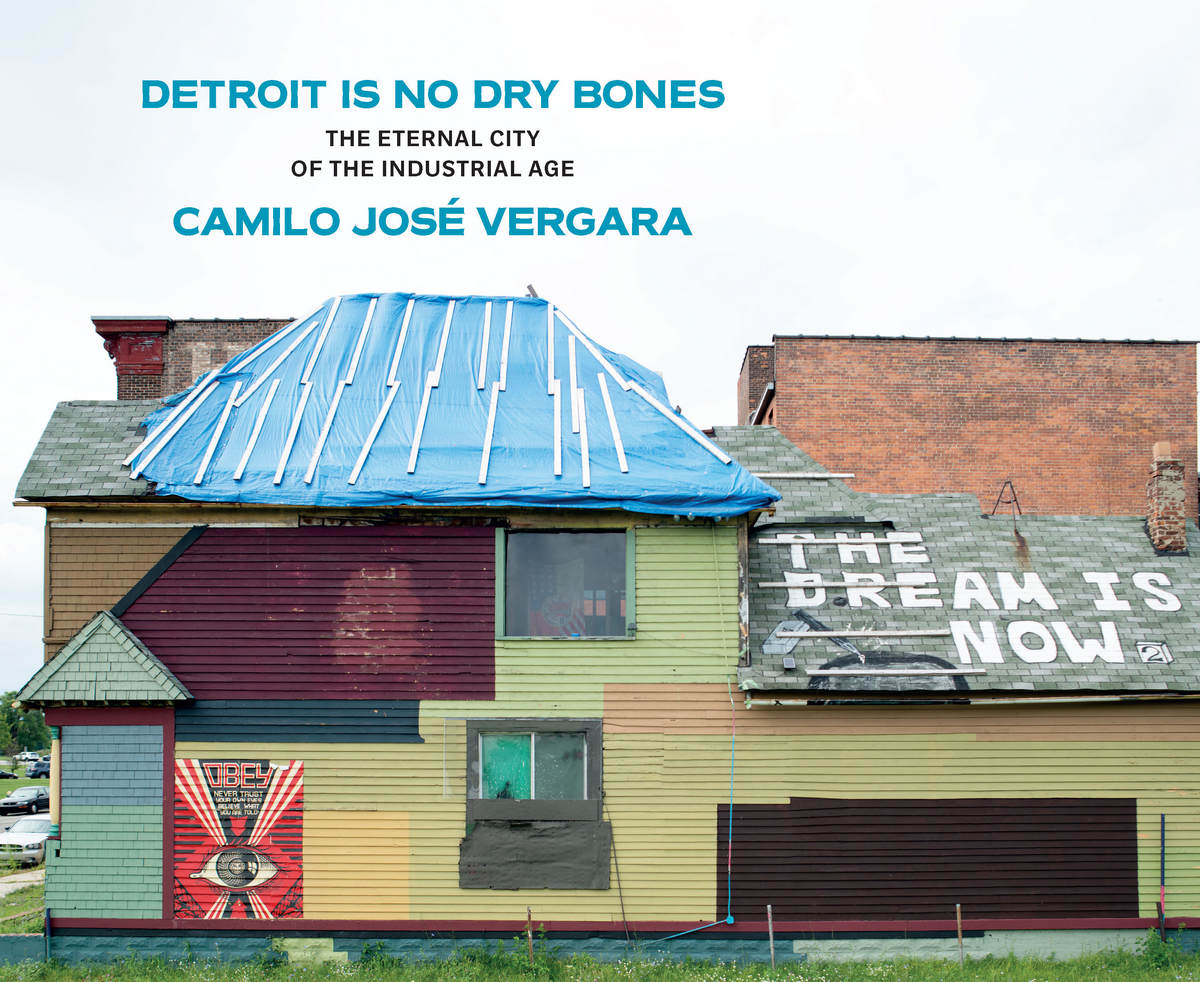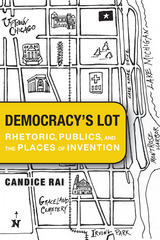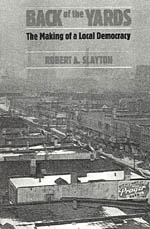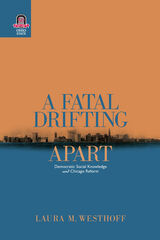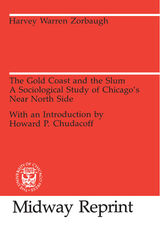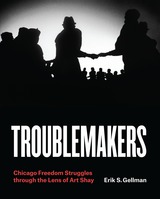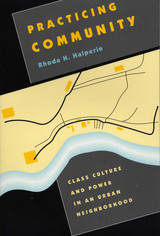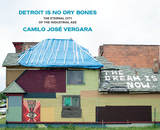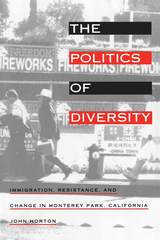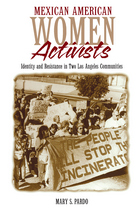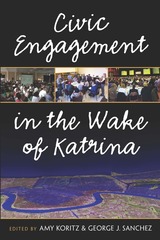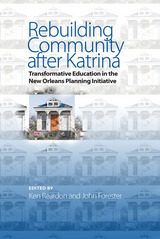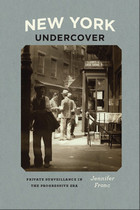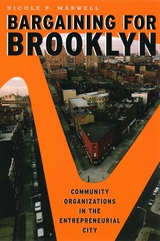Detroit Is No Dry Bones: The Eternal City of the Industrial Age
University of Michigan Press, 2016
Cloth: 978-0-472-13011-5
Library of Congress Classification HN80.D6V47 2016
Dewey Decimal Classification 307.760977434
Cloth: 978-0-472-13011-5
Library of Congress Classification HN80.D6V47 2016
Dewey Decimal Classification 307.760977434
ABOUT THIS BOOK | AUTHOR BIOGRAPHY | REVIEWS | TOC | REQUEST ACCESSIBLE FILE
ABOUT THIS BOOK
Over the past 25 years, award-winning ethnographer and photographer Camilo José Vergara has traveled annually to Detroit to document not only the city’s precipitous decline but also how its residents have survived. From the 1970s through the 1990s, changes in Detroit were almost all for the worse, as the fabric of the city was erased through neglect and abandonment. But over the last decade, Detroit has seen the beginnings of a positive transformation, and the photography in Detroit Is No Dry Bones provides unique documentation of the revival and its urbanistic possibilities. Beyond the fate of the city’s buildings themselves, Vergara’s camera has consistently sought to capture the distinct culture of this largely African American city. The photographs in this book, for example, are organized in part around the way people have re-used and re-purposed structures from the past. Vergara is unique in his documentation of local churches that have re-occupied old bank buildings and other impressive structures from the past and turned them into something unexpectedly powerful architecturally as well as spiritually.
See other books on: Buildings | Buildings, structures, etc | Detroit | Historic buildings | Urban renewal
See other titles from University of Michigan Press
